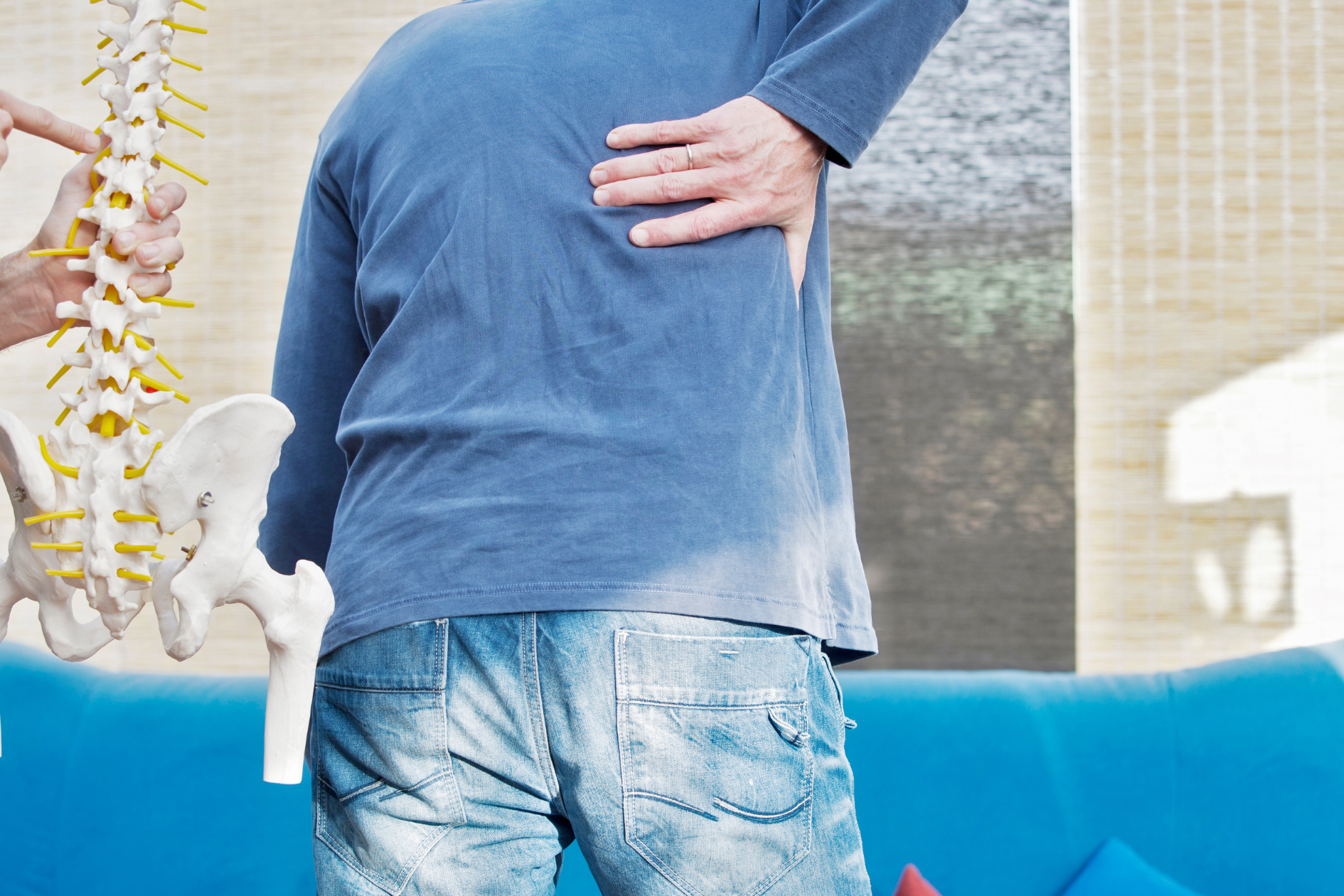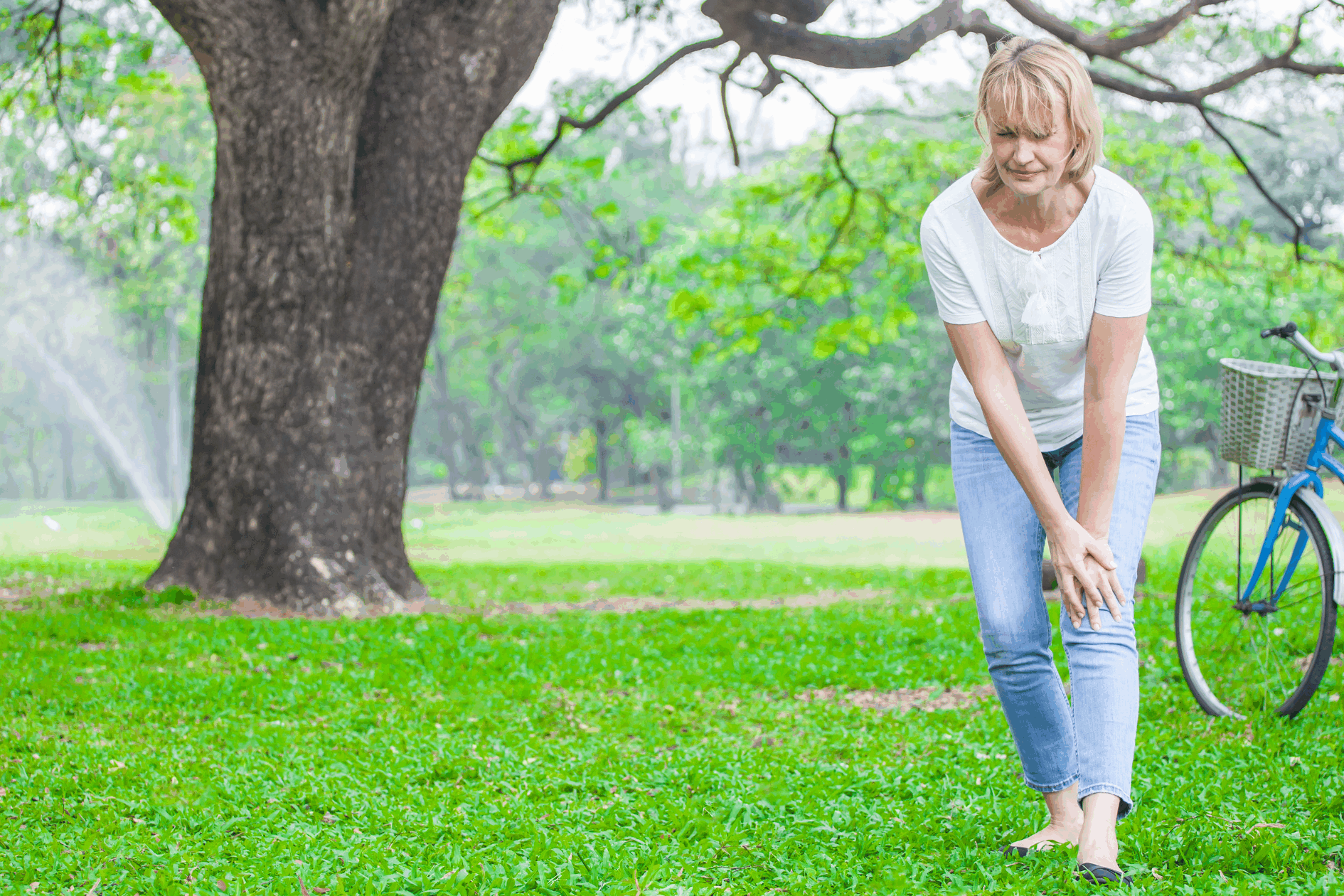As the leaves change and the air turns crisp, fall becomes one of the most enjoyable times to get outside and move. Hiking and trail walking not only allow you to soak in the beauty of the season, but they also provide excellent low-impact exercise that supports joint health. However, uneven terrain, cooler temperatures, and slippery leaves can pose challenges, especially for people with joint pain or arthritis. With the right preparation, you can stay active safely and comfortably throughout autumn.
Why Hiking Benefits Joint Health
- Low-impact movement – Walking on trails strengthens muscles without the same stress as high-impact activities like running.
- Improved flexibility – Navigating varied terrain helps keep your hips, knees, and ankles moving in a healthy range of motion.
- Boosted circulation – Regular movement increases blood flow to your joints and surrounding tissues, reducing stiffness.
- Mood enhancement – Time in nature has been shown to lower stress, which can also reduce inflammation and pain sensitivity.
Tips for Safe Fall Hiking
- Choose Joint-Friendly Trails
Start with trails that have moderate terrain and clear paths. Avoid steep climbs or rocky ground if you’re experiencing knee or ankle pain. - Warm Up Before You Hit the Trail
Gentle stretches or a 5-minute walk on flat ground can prime your muscles and joints for activity. - Wear Supportive Footwear
Shoes with cushioned soles and good ankle support can reduce strain. Consider adding orthotic inserts if you have flat feet or arthritis. - Use Trekking Poles
These help distribute weight and reduce pressure on knees and hips, especially when going downhill. - Layer Your Clothing
Fall temperatures can drop quickly. Dressing in layers keeps muscles warm and reduces stiffness. - Watch for Seasonal Hazards
Wet leaves and hidden roots can increase the risk of slips and falls. Take your time and use shorter, careful steps. - Stay Hydrated and Take Breaks
Even in cooler weather, your joints need hydration. Bring water and pause to rest if you feel discomfort.
After the Hike: Recovery Matters
- Stretch and cool down to keep joints flexible.
- Apply ice or heat if you experience soreness.
- Refuel with anti-inflammatory foods like berries, nuts, or salmon to support recovery.
Final Thoughts
Fall hiking can be one of the best ways to combine exercise, nature, and joint health. With the right precautions—like choosing safe trails, wearing proper gear, and listening to your body—you can stay active, protect your joints, and fully enjoy the season.
Related Posts
The Benefits of Thoracic Epidural Injections for Chronic Pain
Thoracic epidural injections are a medical procedure used to alleviate chronic pain in the thoracic region of the…
How Heat Affects Arthritis Pain – And Natural Ways to Find Relief
Warmth can be a powerful, drug-free tool for easing joint stiffness and getting you moving again. Here’s how to use it…



